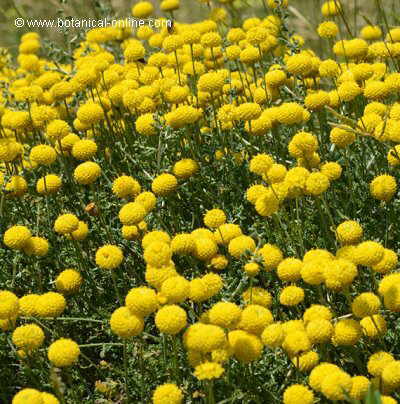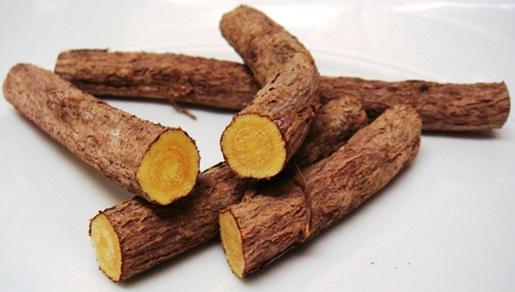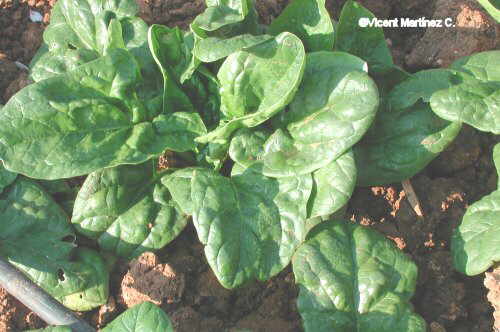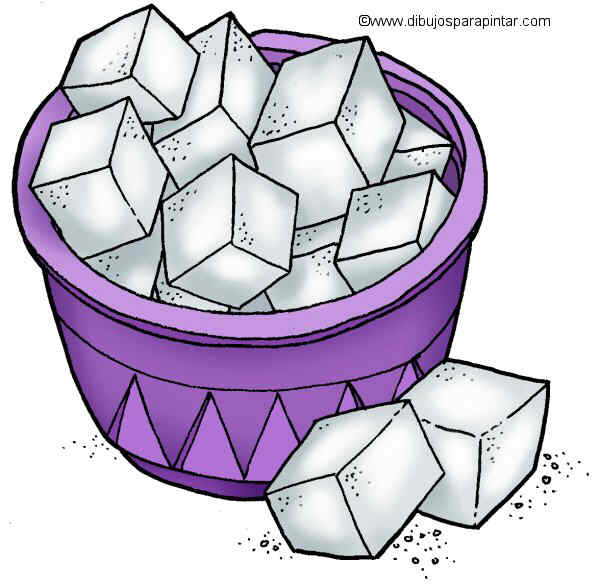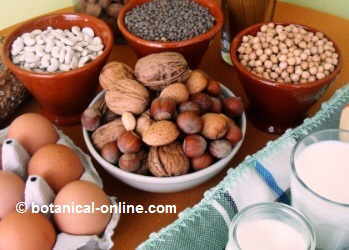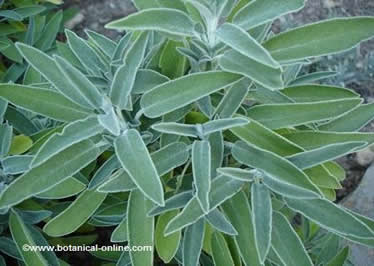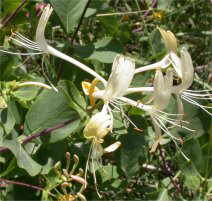How to distinguish an annual from a perennial plant?
Know how to differentiate between an annual and a perennial plant
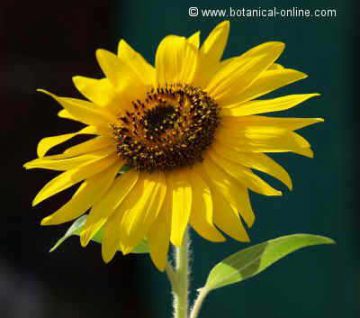
The best way to make sure is to consult a botanical guide, a guide for gardening or indoor plants, a flower guide, on the internet, etc. In this type of documentation, a series of characteristics of the specific species will be specified (Life cycle, flowering time, physical characteristics, drawing or photography, etc.). Even the scientific name of a plant can help us.
So if a plant it is called “annuus” we can know that it is a species that only lives for a season, since “annuus” or “annua” means “annual” in Latin. (Lathyrus annuus, Adonis annua, Artemisia annua, Bellis annua, Mercurialis annua, Lunaria annua, Helianthus annuus, etc.)
Other times it is in opposition to other adjectives that mean the opposite that we can deduce that it is not an annual plant. Such is the case of those that are called “perennis“, which means “perennial“, or “biennis” that is used for those plants that are biennial (Lactuca perennis, Linum biennis, etc.).
Thus, for example, if we can find out that we have the species Bellis annua, we will know that we have before us an annual daisy, while if the features coincide with Bellis perennis we will know that it is the perennial daisy.
Where can annual plants be found?
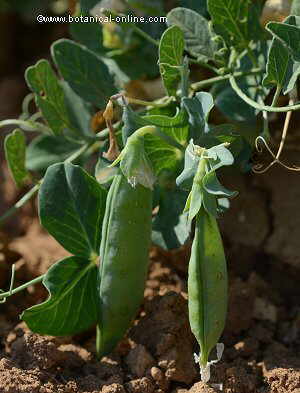
In gardening centers we have many specimens of annuals or what are known as “seasonal flowers“. Many annuals are easily recognizable as they are very common annual crops.
It is enough to visit some orchards to realize that gardeners must plant them every year.
In addition to many vegetables, within the same group of annual cultivated plants there is a group of plants that provide very important foods such as cereals, like rice (Oryza sativa), oats (Avena sativa), wheat (Triticum aestivum), etc.
Examples of annual wild herbs
In case of annual wild grasses, although they can grow anywhere, they are especially abundant in areas where perennials do not grow. The latter exercise great competition and,when they grow properly, they end up eliminating them.
For this reason, annual herbs are the main components of crop fields where cleaning works eliminate perennials. They are very common in orchards, gardens, cultivated fields, terraces, etc. (Annual weed plants).
Annual plants that we can usually find in cities, towns or inhabited areas
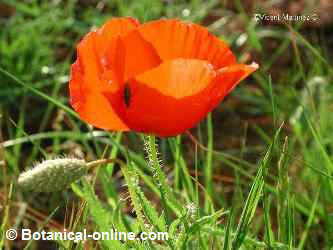
Some annuals are especially cosmopolitan and can be found next to tree trunks or even in small cracks in pavement, walls, etc. This is the case of groundsel (Senecio vulgaris) whose yellow flowers and white pappus adorn the few available spaces of the towns or cities.
Other plants included in this section may be annual wall-rocket (Diplotaxis muralis), yellow melilot (Melilotus officinalis) or sow thistles (Sonchus sp.)
They can also be found in abundance in manure dumps, walls, abandoned lots and places in general with abundant organic matter, although, in these places, biennial plants, such as shepherd’s purse (Capsella bursa-pastoris) or perennials, like for example common nettle (Urtica dioica) or common mallow (Malva sylvestris) tend to be more abundant.
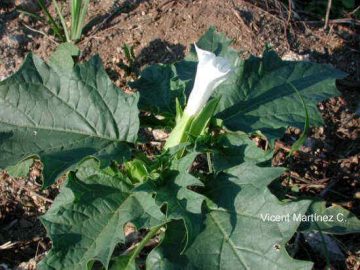
Among these plants we have some as common as white mustard (Sinapis alba) or annual nettle (Urtica urens). These types of plants are called ruderal annuals. Many of them contain alkaloids or other components that make them poisonous plants. For example, European black nightshade (Solanum nigrum), henbane (Hyoscyamus niger) or thorn apple (Datura stramonium).
How do annual plants survive?
The resistance capacity of annual plants is clearly seen in those vegetables that are popularly known as “weeds”. The resistance of these plants is based on the production of an enormous quantity of seeds.
Many of them can produce several generations in a single season like shepherd’s purse (Capsella bursa-pastoris).
Some have seeds that can only germinate when they are in the upper layers of the soil. In this way, they can remain dormant for many years. When the soil is removed and seeds moved to the upper layers they begin to germinate. All this implies that the work to eliminate them must be constant.
![]() More information on plant characteristics and types
More information on plant characteristics and types


